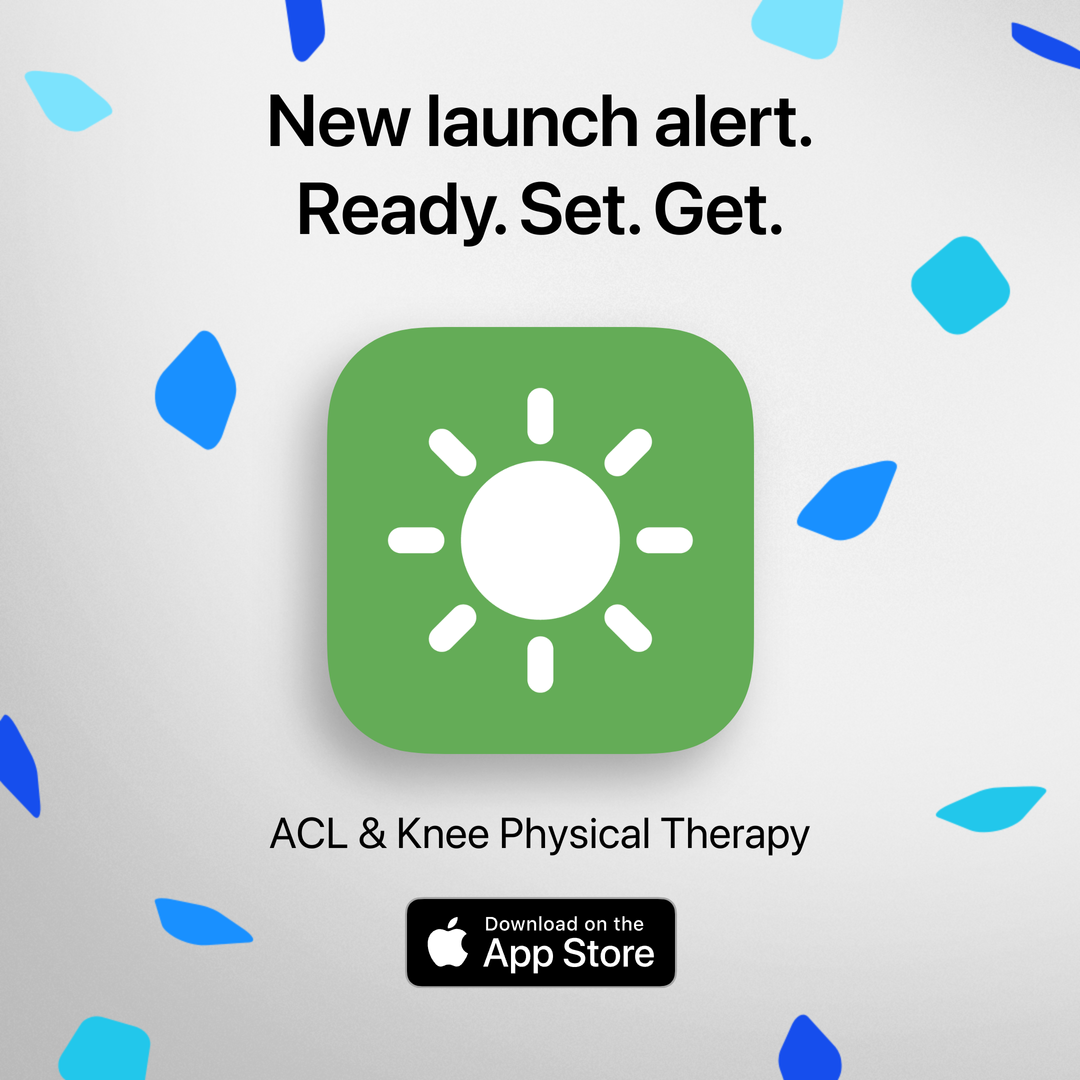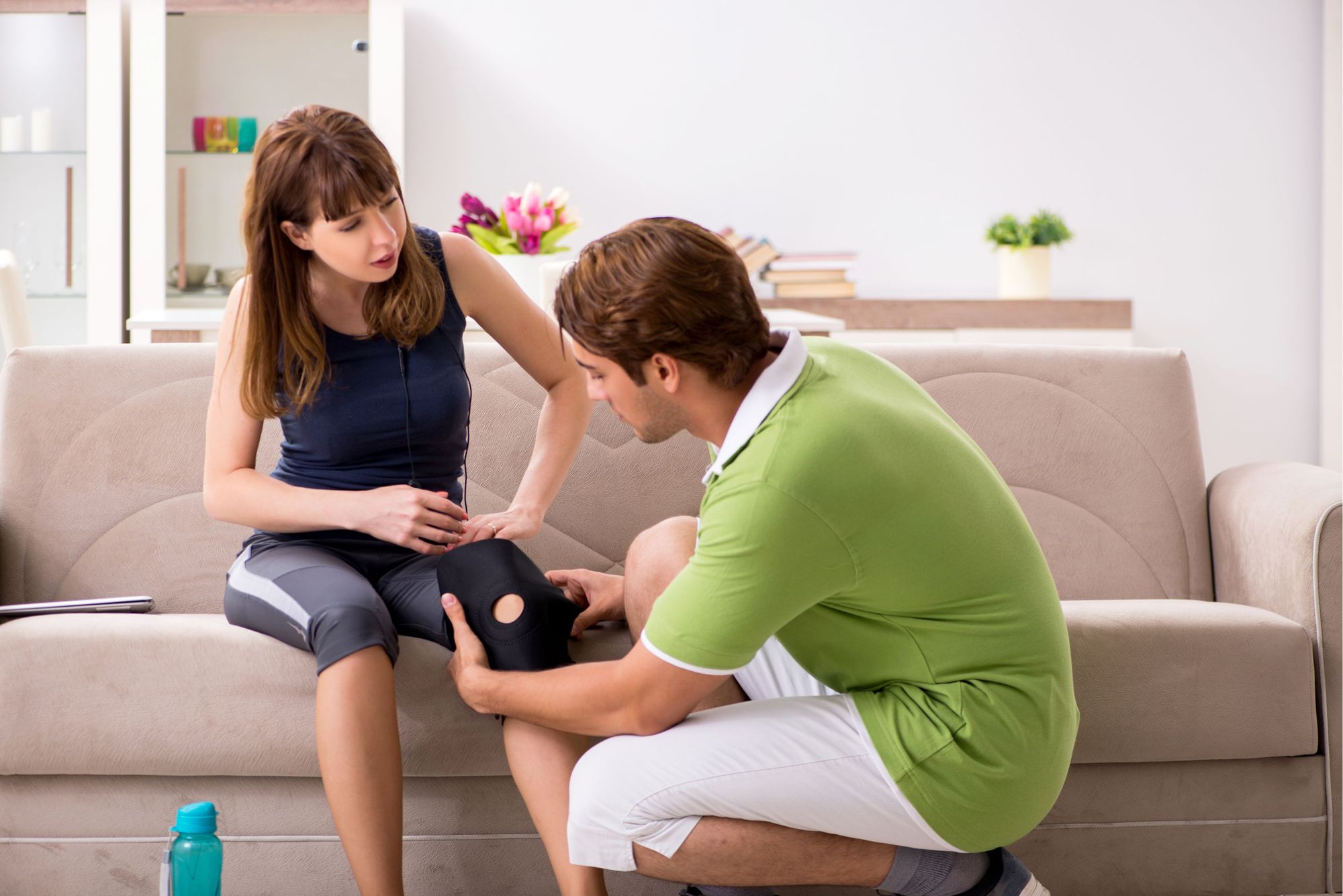Image by Elnur via Canva
What is a knee brace?
Knee braces are external devices which can be soft or rigid and are prescribed by some healthcare providers after knee injury or surgery. In this blog I will focus on knee braces prescribed after an anterior cruciate ligament (ACL) surgery.
How is a knee brace used? Are there any issues with bracing?
Knee braces are recommended by some healthcare providers for one to two months after an Anterior Cruciate Ligament (ACL) surgery[1]. According to a survey done on American Orthopaedic surgeons, 63% report prescribing functional bracing after ACL surgery. Additionally, 71% of them prescribe these braces for up to 1 year after surgery[2].
What are the different types of braces for the knee?
There are two kinds of braces used after ACL surgery:
- Functional knee braces - are worn after an ACL surgery to reduce improper knee movements such as excessive rotation, sliding side to side or front to back (translation) and the knee caving inwards.[3] They are designed to substitute for damaged ligaments and are often prescribed for people who have torn their ACL and are not planning to get surgery.[4]
- Prophylactic knee braces - are designed to protect people from sustaining a knee injury without causing limitations in knee movement.[5]
What does research say?
Researchers found that people under the age of 30 experience muscle weakness with long term use of braces (1 to 2 years), compared to short term uses (3 months).[6]
- There was no significant difference found among 31 healthy college athletes in single leg vertical jump, cross-over hop, and average power between wearing a prophylactic brace and not wearing a brace. Average power output was measured using isokinetic testing. Isokinetic testing involves a piece of equipment that allows the knee to be resistance tested while the person bends and straightens their knee at a specific speed. The speeds used were 60, 180 and 300 degrees per second.[5]
- Researchers found a substantial reduction in quadriceps muscle (muscles at the front of your thigh) strength with long term use (1-2 years). There were no differences in the amount of knee movement (range of motion) and a person's awareness of their knee position (proprioception). Researchers did find wearing a brace improved knee stability by reducing excessive lower leg rotation and translation, as well as decreasing excessive knee bending or straightening. This study was a literature search of 15 research articles using PubMed and Embase databases to compare functional bracing to no bracing 3 months after ACL reconstruction.[3]
- There are no significant differences in the amount of pressure and force on the knee between wearing a prophylactic brace or not. But wearing the brace significantly reduced rotation (inward and outward rotation) of the knee. For example, lower leg rotation reduced from 19.76 degrees to 15.91 degrees, when wearing the brace. Additionally, participants found that wearing the brace gave them a sense of stability while running. For more information about running after ACL surgery, check out this blog! This study tested 20 female netball university athletes (20 years old) who were asked to do running, jumping and cutting movements on a force plate in a lab.[7]
- 100 patients, all with a torn ACL, underwent a Bone-Patellar-Bone ACL reconstruction and were randomized into a braced and non-braced group. They were followed for 12 months. Patients in the unbraced group returned to work 84 months after surgery, compared to 2.28 months in the braced group. Additionally, 96% of the unbraced patients said they have no difficulty in climbing stairs compared to 93% of patients who used a functional brace.[8]
Do you need some more information and assistance after your ACL injury? Check out Curovate. Curovate is a rehabilitation app designed for knee replacement, hip replacement and ACL injury. With step by step videos, progress tracking and the ability to measure your range of motion, Curovate lets you start your recovery at home to get back to the things you love!
If you need further customized assistance during your surgery or injury recovery check out our Virtual Physical Therapy page to book your 1-on-1 video session with a physical therapist.


References
4. Cluet, J. (2017). Types of Knee Braces for Support and Injury Prevention. VeryWell.
Other Recommended Blogs







